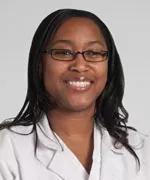
Myra Cook, MSN, RN, ACNS-BC, CCRN, CSC
Cleveland Clinic is a non-profit academic medical center. Advertising on our site helps support our mission. We do not endorse non-Cleveland Clinic products or services. Policy

Shannon Sonnhalter, CCLS
Last March, Cleveland Clinic launched an innovative program to help children of patients in intensive care units cope with and understand their family member’s medical situation. The need for the Children of Adult Patients Program (CoAPP) arose when the healthcare organization changed its ICU visitation policy in 2011, allowing children under the age of 12 to visit family members.
“Allowing children to visit is a good thing, but we found that sometimes they were not prepared for what they might see,” says Myra Cook, MSN, RN, ACNS-BC, CCRN, CSC, Clinical Nurse Specialist, Critical Care. “In addition, there were situations related to bereavement support that nurses and other caregivers were not adequately able to handle.”
Shannon Sonnhalter, CCLS, Senior Manager Child Life, says that when the open visitation policy was adopted, her team began getting consults, pages and emails from ICU staff. “They wanted advice on how to help children coming to visit family members,” she says.
Together, Cook and Sonnhalter studied the issue and ultimately created the CoAPP.
Like any good researchers, Sonnhalter and Cook investigated the need for a program for children of adult patients prior to developing it. In 2012, Sonnhalter began tracking the number of ICU consults her
team received and whether or not they were able to meet the patient’s family. “We honored many requests, but we simply didn’t have enough staff,” she says. “They would’ve been pulled away from their primary work at Cleveland Clinic Children’s.”
In addition, Cook surveyed more than 260 caregivers about their perceptions of child visitation in the adult ICU. Among the results, 80 percent said they had not received training on meeting the needs of children visiting an ICU. Clearly, there was a caregiver need for the CoAPP.
Cook also spearheaded a qualitative study to investigate the experience of families with children visiting cardiovascular ICUs. Her team interviewed 12 families with 22 children asking about the children’s experiences while visiting the ICUs. The study revealed a recurrent need for age appropriate resources and preparation prior to visitation for both children and their families.
The CoAPP program is currently offered at three Cleveland Clinic hospitals: main campus, Fairview Hospital and Hillcrest Hospital. Sonnhalter describes its purpose: “We want to talk with kids, clear up any misconceptions they may have and help family members navigate conversations with the kids, because they are often grieving and upset, too. It’s a really difficult time for families.”
The program employs one full-time Child Life Specialist (CLS), with another set to be hired soon. They are experts in working with children and families with medical experiences associated with hospitalization, illness and death. In addition, the entire Child Life team has been trained to work with adult patients so they can consult with patients and families if the designated CLS is unavailable.
To consult with a CLS, caregivers first gain family consent. Then they can place a consult request in the electronic medical record system, or page Child Life for urgent needs.
There are several situations where caregivers in the ICU might call on a CLS, including the following:
So far, the CoAPP has been very successful. Between June and December 2016, Child Life participated in 75 consults with ICU patients and families. They have helped children of all ages, whose concerns range from whether they can catch cancer to why a parent won’t survive. The CLS has many tools in her bag to help children adapt to the ICU environment, which can be overwhelming. For example, she might close the curtains between patients or lower the volume on machines that make noises, if it doesn’t compromise the patient.
Child Life has helped nurses and other caregivers, too. In December, a CLS attended a nursing class on end-of-life care to explain the CoAPP. In addition, the CLS plans to participate in Nursing Grand Rounds and provide tips and tools for helping patients, children and their families in various situations.
“This is a tough population, but the service is needed,” says Sonnhalter. “And the work is definitely rewarding.”
Cook adds that getting the program off the ground wouldn’t have been possible without teamwork between nursing and Child Life. “Shannon and I were able to collaborate together, across professional lines, for the sole interest of our patients and their families,” she says. “You can make a tremendous impact when you’re willing to do that.”
Cleveland Clinic’s 13th annual Nursing Research Conference is May 3 – May 4. Register now!
The Call for Abstracts is now open. Deadline for submissions is Feb. 1.
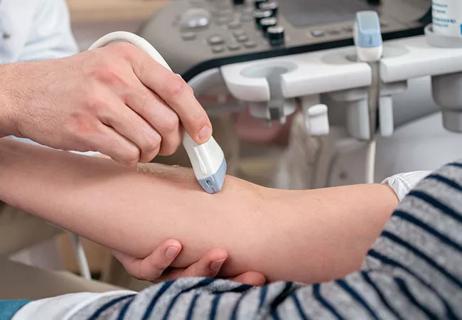
Study shows ultrasound can be valuable tool for improving patient satisfaction by reducing failed IV insertions
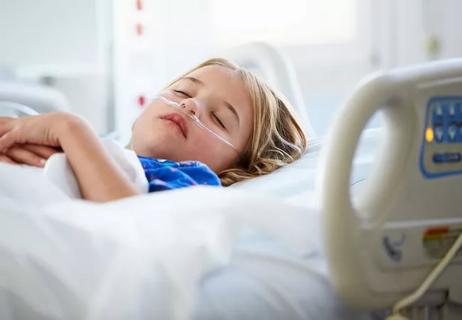
New system uses vital signs to predict need for further intervention
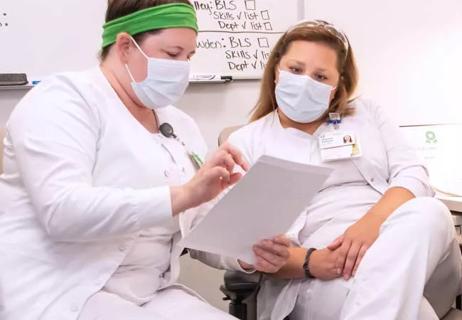
Findings reveal personal and professional factors that influence nurses’ interest in medical research

Nurse scientists bridge divide between bench and bedside
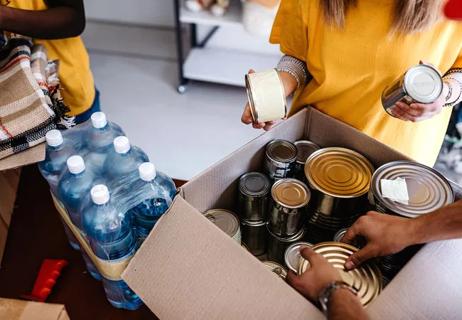
Individual and population factors play a role

Study looks at cardiopulmonary arrest and activation rates
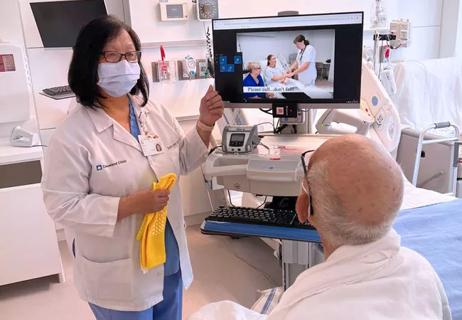
Video education and nurse-led reinforcement help with fall risk awareness
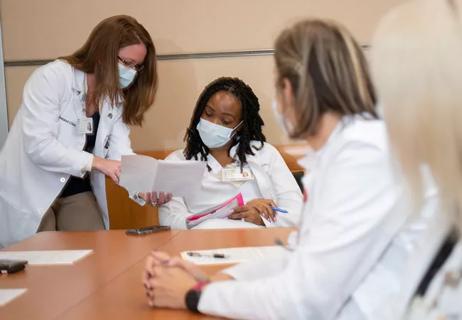
Further research into collaborations may help strengthen nursing science